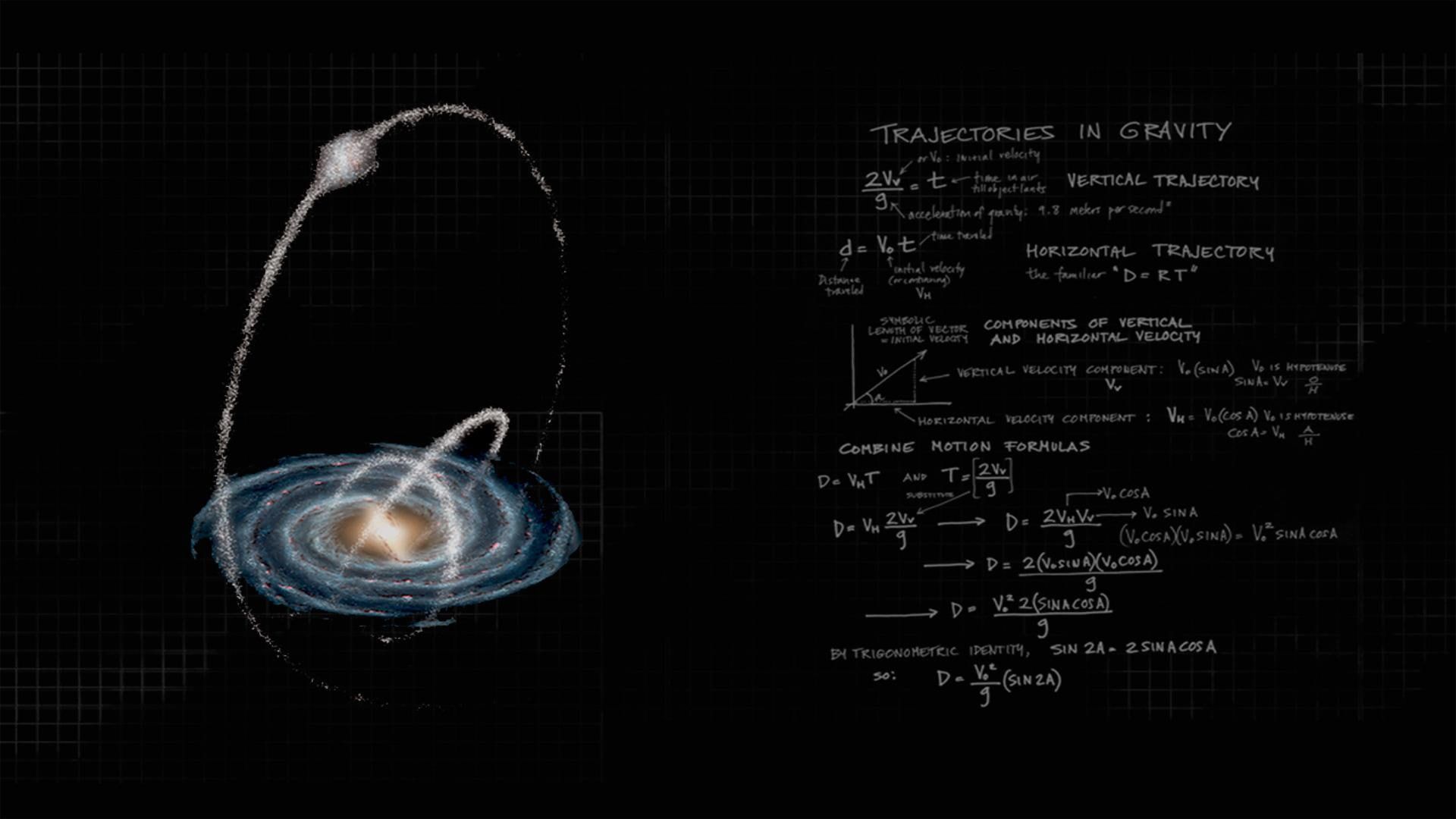What exactly is dark matter? Although it has never been witnessed, scientists believe that it comprises 85 percent of the universe’s stuff. Nobody understands what dark matter is, to put it briefly. Lord Kelvin proposed it as an explanation for the movement of stars in our galaxy more than a century ago.
Decades later, the Swedish astronomer Knut Lundmark observed that the cosmos must contain far more matter than is seen. Since the 1960s and 1970s, scientists have employed ever-more-complicated technologies to determine the nature of this mystery material. However, more and more researchers are beginning to speculate that the absence of dark matter could be the answer.
The Background
In a variety of ways, scientists may see distant materials. Other equipment, such as radio telescopes, measures non-visual events. The renowned Hubble telescope measures visible light. Scientists sometimes spend years collecting data before analyzing it to make sense of what they observe.
As more and more evidence became available, it became readily evident that galaxies did not behave as predicted. The stars at the fringes of certain galaxies were moving too quickly. Galaxies are bound together by gravity, which is greatest at the core, where the majority of mass is located. At the borders of disk galaxies, stars were moving so quickly that the gravity created by the visible matter there would not have been able to prevent them from escaping into deep space.
Scientists believed that these galaxies must contain more mass than we can currently view. Phenomenon must be preventing the stars from dispersing, and scientists refer to this something as dark matter. They could only argue that it must have gravitational attraction, and that it must have a significant amount of it. In fact, an astounding 85 percent of the cosmos must be composed of dark matter. If not, galaxies would not have been able to persist for as long as they do. The billions of stars would have dispersed because there would not have been enough gravity to hold them together.
Regarding science, it is difficult to say anything about something that cannot be observed. All of our evidence is indirect because dark matter does not interact with the electromagnetic force, which is responsible for visible light, radio waves, and x-rays. Scientists have been unsuccessfully attempting to discover methods for seeing dark matter and making predictions based on its ideas.
A Possible Solution
Newton’s theory of gravity adequately describes the majority of large-scale occurrences. Newton’s theory may explain everything from tossing the first pitch at a Yankees game to the movement of constellations. The hypothesis is not, however, unassailable. For instance, Einstein’s theories of general and special relativity described facts that Newton’s theory was unable to. Scientists continue to utilize Newton’s theory because it is applicable in the vast majority of situations and has simpler formulae.
Dark matter was hypothesized as a mechanism to reconcile the evidence with Newtonian physics. However, what if, rather than reconciliation, a changed theory is required? Here is where Mordehai Milgrom, an Israeli scientist, makes his entry. In 1982, he proposed a theory of gravity (now known as Modified Newtonian Dynamics, or “Mond” for short) that suggests gravity acts differently when it is extremely weak, like as near the edge of disk galaxies.
His hypothesis not only explains galaxy actions, but also predicts them. The issue with theories is that they can provide explanations for virtually everything. If you enter a room and see that the lights are on, you can theorize that cosmic rays from the sun are striking concealed mirrors at just the proper angle to illuminate the room. A second possibility is that someone flipped the light switch. One technique to distinguish between excellent and bad theories is to determine which theory produces more accurate predictions.
Recent study reveals that Mond produces substantially more accurate predictions than conventional dark matter models. This suggests that while dark matter may adequately explain the activity of galaxies, it lacks predictive power and is, at least in this regard, a subpar hypothesis.
Dark matter and Mond cannot be determined without further data and discussion. However, if Mond were to be adopted as the best explanation, decades of scientific agreement would be shattered and one of the universe’s most puzzling aspects would become far less mysterious. A modified explanation may not be as alluring as dark, invisible powers, but it may be more scientifically sound.


